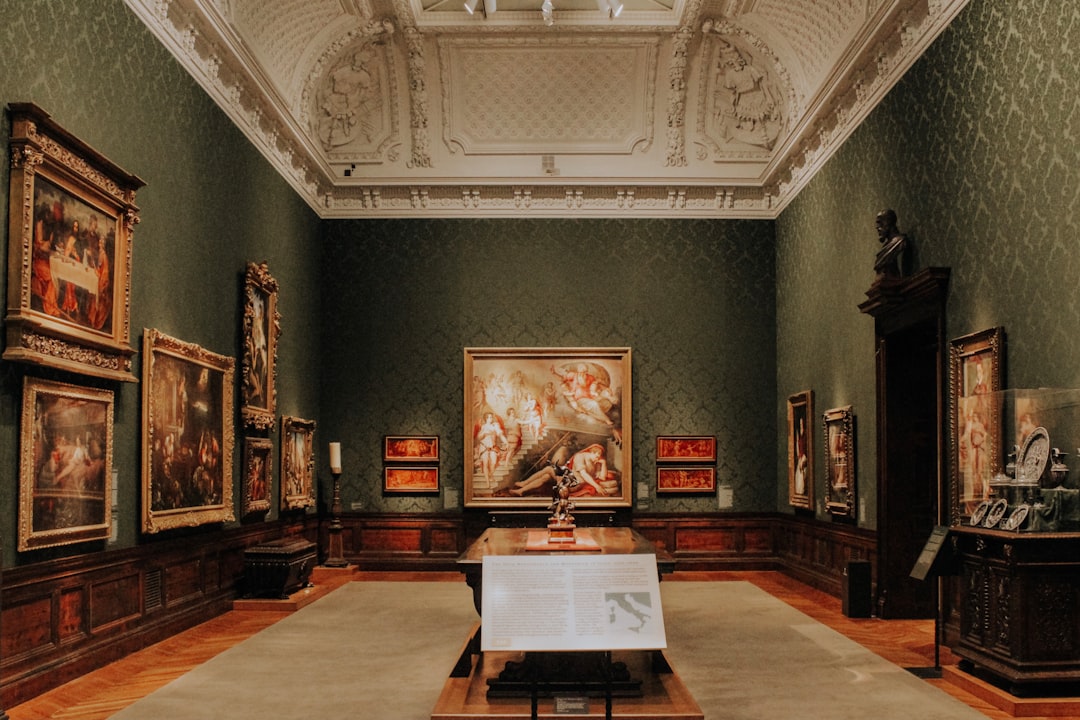Art Conservation and Preservation: Protecting Cultural Heritage
Art is a reflection of our shared history and culture, providing a window into the past and a means of expressing our creative impulses. From ancient cave paintings to contemporary sculptures, art serves as a tangible connection to our ancestors and a source of inspiration for future generations. However, the passage of time and the ravages of nature can threaten the integrity of these precious works, making the conservation and preservation of art a critical undertaking.
Art conservation and preservation are essential practices that aim to protect and maintain the integrity of artworks for future generations. By employing a variety of techniques and technologies, conservators work diligently to prevent deterioration and restore damaged pieces to their original state. Through their efforts, valuable cultural artifacts are safeguarded, ensuring that they remain accessible and appreciable for years to come.
The field of art conservation encompasses a wide range of disciplines, including painting conservation, sculpture conservation, paper conservation, and textile conservation, among others. Each area presents its own unique challenges and requires specialized knowledge and skills to effectively preserve and protect artworks. Conservation and preservation efforts are typically guided by the principles of minimal intervention, reversibility, and compatibility, ensuring that any treatment or restoration is both effective and sustainable.
One of the primary goals of art conservation is to prevent further deterioration of artworks through proper handling, storage, and display. Environmental factors such as temperature, humidity, and light can have a significant impact on the condition of artworks, leading to fading, discoloration, and deterioration over time. Conservators work to create optimal conditions for the display and storage of artworks, while also implementing preventive measures such as protective framing, UV filters, and climate control systems to minimize potential damage.
In addition to preventive care, art conservation also involves the treatment and restoration of damaged or deteriorated artworks. Conservators use a variety of techniques to repair and stabilize artworks, including cleaning, repair of tears or losses, consolidation of fragile materials, and inpainting to restore missing areas. These treatments are carefully planned and executed, taking into account the unique characteristics of each artwork and the artist’s original intentions.
One of the most challenging aspects of art conservation is the restoration of artworks that have been severely damaged or altered over time. In some cases, conservators may need to reconstruct missing parts, remove overpainting or varnish, or address structural issues to restore the artwork to its original state. These complex treatments require a high level of skill and expertise, as well as a deep understanding of the materials and techniques used by the artist.
Art conservation and preservation are not only important for protecting individual artworks but also for safeguarding our cultural heritage as a whole. Artworks provide valuable insights into the history, beliefs, and customs of past civilizations, allowing us to better understand and appreciate our shared cultural heritage. By preserving these precious artifacts, we ensure that future generations can continue to learn from and be inspired by the artistic achievements of the past.
In recent years, advances in technology have revolutionized the field of art conservation, allowing conservators to better analyze, document, and treat artworks. Techniques such as infrared reflectography, X-radiography, and multispectral imaging enable conservators to see beneath the surface of artworks, revealing hidden details, repairs, and alterations. These tools provide valuable insights into the creation and history of artworks, informing conservation decisions and treatments.
Digital imaging and 3D scanning technologies have also been instrumental in art conservation, allowing conservators to create high-resolution digital reproductions of artworks for study and analysis. These digital models can be used to assess the condition of artworks, plan conservation treatments, and monitor changes over time. Additionally, digital archives enable conservators to share information and collaborate with colleagues around the world, fostering a greater understanding and appreciation of our cultural heritage.
Despite the advancements in technology, art conservation remains a labor-intensive and time-consuming process that requires a careful and methodical approach. Conservators must balance the preservation needs of artworks with the expectations of the public and the desires of collectors and institutions. This delicate balance requires a deep commitment to ethical practices, transparency, and collaboration among stakeholders to ensure that artworks are conserved and preserved in a responsible and sustainable manner.
As our world becomes increasingly interconnected and our cultural heritage faces new challenges, the need for art conservation and preservation has never been more urgent. Climate change, global conflicts, and economic pressures are threatening our cultural heritage, putting invaluable artworks at risk of destruction or loss. In the face of these challenges, the work of conservators is more vital than ever, as they strive to protect and preserve our shared artistic heritage for future generations.
In conclusion, art conservation and preservation are essential practices that play a critical role in safeguarding our cultural heritage. By protecting and maintaining artworks, conservators ensure that these precious artifacts remain accessible and appreciable for future generations. Through their expertise, dedication, and commitment to ethical standards, conservators are able to conserve and preserve our artistic heritage, allowing us to continue to learn from and be inspired by the artistic achievements of the past. As stewards of our cultural legacy, we must support and celebrate the work of conservators, who are the guardians of our shared history and culture.

